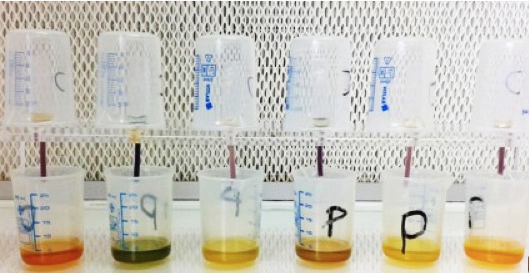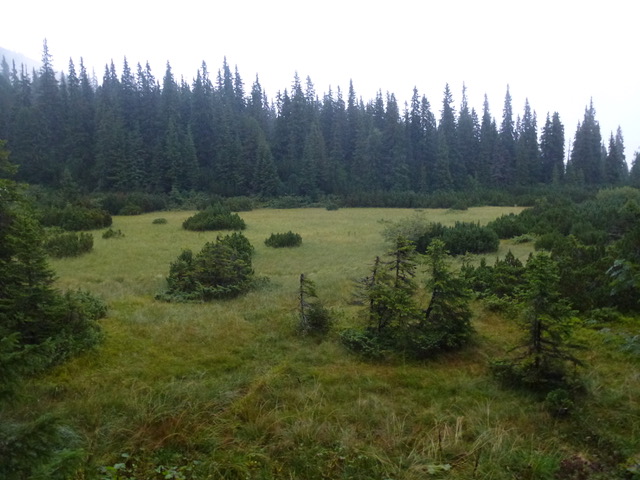How can the origin of lead from multiple sources be determined? A new statistical approach.
Determining the origin of terrestrial materials is a major scientific issue that concerns a wide range of disciplines. It is an issue for geochemists seeking to understand the origin of rocks throughout the Earth's history; it is central to the research of archaeologists trying to determine the movements of populations; and it is one of the preferred approaches of researchers attempting to reconstruct past climatic conditions or the impact of human societies on their environment.

Publication date: 30/04/2018
Press, Research
Related teams :
External Envelopes Geochemistry
Related themes : Origins








